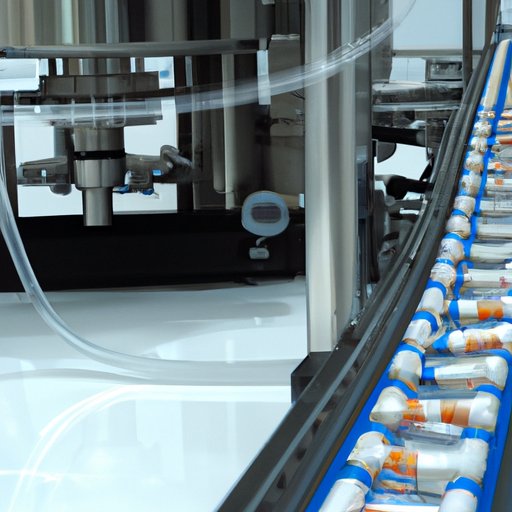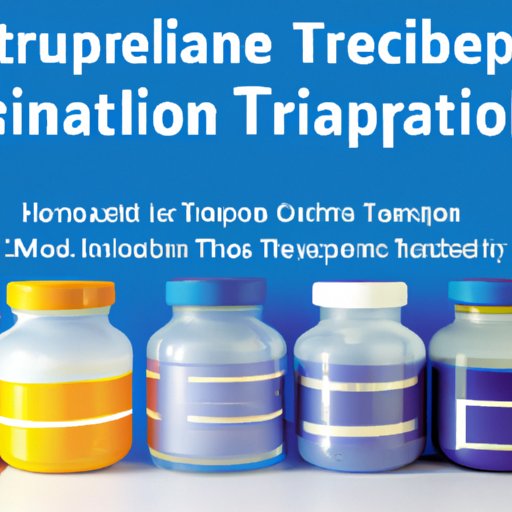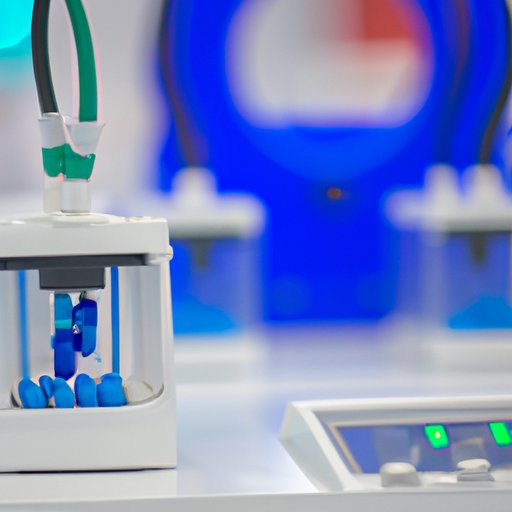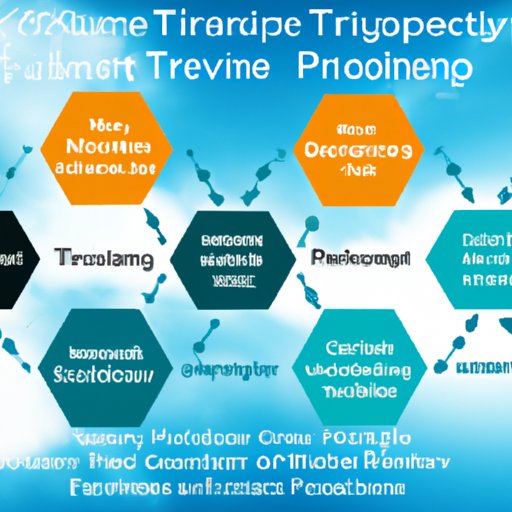Introduction
Technology transfer is the process of transferring knowledge, skills and technologies from one organization to another. In the pharmaceutical industry, technology transfer is the process of transferring a drug formulation or manufacturing process from one company to another. This process involves sharing information between two organizations, such as the source company that developed the drug formulation or manufacturing process, and the recipient company that will use it.
The purpose of technology transfer in the pharmaceutical industry is to ensure that drugs are produced safely, effectively and efficiently. It is an important part of the drug development process, and it involves multiple stakeholders, including regulatory authorities, manufacturers, suppliers and vendors.
In this article, we will explore the role of technology transfer in pharmaceutical manufacturing, provide a comprehensive guide to technology transfer in the pharmaceutical industry and discuss how technology transfer can improve drug development and production. We will also look at the benefits of technology transfer in pharmaceuticals and the challenges associated with it.

Exploring the Role of Technology Transfer in Pharmaceutical Manufacturing
Technology transfer is a key component of the drug development and manufacturing process, and it plays an essential role in ensuring safe and effective drugs are produced. It involves transferring information about a product or process from one organization to another. This process includes the transfer of know-how, processes and materials from one company to another and may involve the transfer of intellectual property (IP).
The technology transfer process typically begins with the source company gathering all the necessary information and data related to the drug formulation or manufacturing process. This information is then shared with the recipient company, which must understand and comply with all relevant regulations and standards. The recipient company then reviews the data and documents, and if they are accepted, they will be used to manufacture the product.
Benefits of Technology Transfer for Drug Development and Production
Technology transfer is beneficial for both the source and recipient companies. For the source company, it helps reduce costs and accelerate the drug development process by allowing them to share their expertise and resources with other companies. For the recipient company, it helps reduce the time and cost required to develop a new drug or process.
In addition, technology transfer can help improve drug safety and quality by providing access to up-to-date information and technologies, as well as expertise from experienced professionals. It can also help reduce manufacturing costs and increase efficiency by streamlining the production process and improving quality control.

A Comprehensive Guide to Technology Transfer in the Pharmaceutical Industry
Technology transfer in the pharmaceutical industry is a complex process that requires careful planning and collaboration between multiple stakeholders. To ensure successful technology transfer, there are certain steps and regulatory frameworks that must be followed.
Steps Involved in Technology Transfer
The technology transfer process typically involves the following steps:
- Gathering information and data related to the drug formulation or manufacturing process;
- Sharing the information and data with the recipient company;
- Reviewing the data and documents;
- Conducting site visits and meetings;
- Developing a plan for implementation;
- Testing the process and product; and
- Transferring the technology to the recipient company.
Regulatory Frameworks for Technology Transfer
In addition to the steps involved in the technology transfer process, there are several regulatory frameworks that must be followed. These include Good Manufacturing Practices (GMP) and Quality System Regulation (QSR) guidelines, as well as international standards such as ICH Q7, ISO 9001 and ISO 15378. These regulatory frameworks help ensure that products and processes meet quality standards and are safe for use.

How Technology Transfer Improves Drug Development and Production
Technology transfer can help improve drug development and production by streamlining production processes, enhancing quality control and providing access to advanced data management.
Streamlining Production Processes
Technology transfer can help streamline the production process by providing access to new technologies and expertise. This can reduce the time and cost associated with developing a new drug or process, as well as improve quality control.
Enhancing Quality Control
Technology transfer can also help enhance quality control by providing access to up-to-date information and technologies. This can help ensure that products meet quality standards and are safe for use.
Advanced Data Management
Technology transfer can also provide access to advanced data management systems, which can help improve the accuracy and reliability of data. This can help reduce the risk of errors and improve the overall quality of the product.
The Benefits of Technology Transfer in Pharmaceuticals
Technology transfer can bring many benefits to the pharmaceutical industry, such as cost savings, improved supply chain efficiency and faster time-to-market.
Cost Savings
Technology transfer can help reduce costs by eliminating the need for costly research and development. It can also help reduce manufacturing costs by streamlining the production process and improving quality control.
Improved Supply Chain Efficiency
Technology transfer can help improve supply chain efficiency by providing access to up-to-date information and technologies. This can help reduce the time and cost associated with sourcing materials and components.
Accelerating Time-to-Market
Technology transfer can also help reduce the time it takes to bring a new product to market. By providing access to new technologies and expertise, it can help speed up the drug development process and reduce the cost of getting a product approved.
Navigating the Complexities of Technology Transfer in Pharma
Technology transfer in the pharmaceutical industry is a complex process that requires careful planning and collaboration between multiple stakeholders. There are certain challenges that must be addressed, such as regulatory compliance and IP protection.
Challenges of Technology Transfer
The most common challenges associated with technology transfer in the pharmaceutical industry include regulatory compliance, IP protection, cultural differences, communication issues and lack of personnel.
Strategies to Overcome Challenges
To successfully navigate these challenges, it is important to have a clear understanding of the technology transfer process and the regulatory frameworks that must be followed. It is also important to have a strong working relationship with the source and recipient companies and to ensure that all parties are aware of their responsibilities. Additionally, it is important to have an effective communication strategy in place to ensure that all stakeholders are kept informed throughout the process.
Conclusion
Technology transfer is an important part of the drug development and manufacturing process and can bring significant benefits to the pharmaceutical industry. It can help reduce costs, improve supply chain efficiency and accelerate the time-to-market for new drugs and processes. However, it is a complex process that requires careful planning and collaboration between multiple stakeholders. By understanding the technology transfer process and navigating the challenges associated with it, companies can ensure successful technology transfer and reap the benefits it brings.
(Note: Is this article not meeting your expectations? Do you have knowledge or insights to share? Unlock new opportunities and expand your reach by joining our authors team. Click Registration to join us and share your expertise with our readers.)
